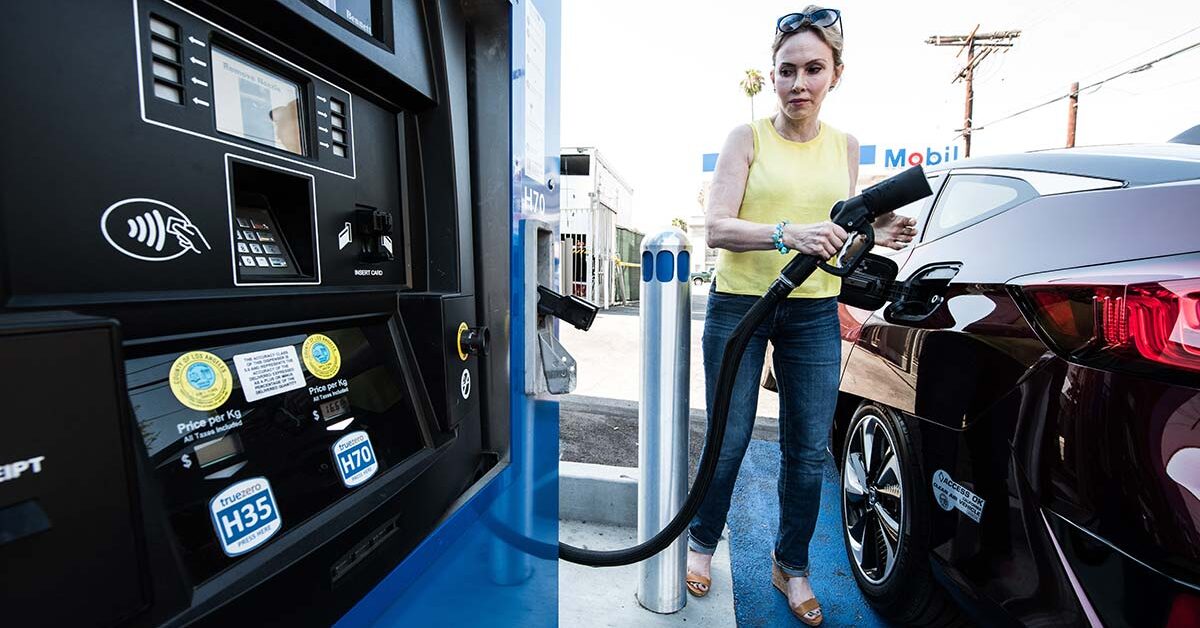To get to grips with green growth, we first have to remind ourselves what normal economic growth looks like and why it’s a good thing…
Economic growth is an increase in the production of economic goods and services and is usually measured in the increase in gross domestic product or GDP. Economic growth benefits societies by driving improvements in standards of living. If economies produce more per person because of, say, new technologies, that generates more wealth and a better quality of life.One downside to economic growth is that it requires tangible stuff, known as physical capital, to make economic goods with. Ultimately this stuff has to come from our planet. This raises the question of whether it’s actually possible to have unending economic growth on a planet that is finite.
Another downside is something called “externalities”. Externalities are costs that are not properly accounted for in the price of economic goods. For example, almost all economic activity produces greenhouse gases. The damage they cause in the form of climate change impacts may be billions of pounds. Yet this is not counted in the cost of the goods. As a consequence, the goods remain relatively cheap, so we keep buying them and damaging our environment.
Green growth is the idea that we can have economic growth while not depleting our natural resources or having damaging externalities. A belief in green growth is now implicit in pretty much all national and international economic policy. But is it really possible?
Decoupling
To achieve green growth there has to be what’s called an absolute decoupling of GDP growth from resource use and carbon emissions. In other words, the economy must continue to expand while the amount of carbon added to the atmosphere and the amount of natural resources used decreases. On top of this, emissions and resource use have to decline fast enough to avoid catastrophic climate change and ecological breakdown. If emissions decline only very slowly, we will still add enough greenhouse gases to the environment to put climate goals out of reach.
So far, there have been signs that economic growth
is beginning to decouple from resource use and emissions. But mostly this has
been relative, rather than absolute, decoupling. Relative decoupling is when resource
use and emissions are still going up, just not as fast as the economy is
growing.
Sadly, even this relative decoupling may be a bit of an illusion. Rich countries have managed to shift economic production overseas where it is cheaper. When you include the resources and emissions associated with consumer goods made abroad, there’s less evidence of decoupling going on. And it’s certainly not happening fast enough to avoid 1.5C or even 2C of global warming.
This all doesn’t necessarily mean that green growth can’t or won’t happen. Supporters of green growth argue that we haven’t seen it yet, because we haven’t really tried it yet. Others say there’s no evidence we can disentangle economic growth from resource and fossil fuel use at the speed required to avoid catastrophic climate change. Instead, green growth sceptics say we should think about post-growth or degrowth, where progress is measured in something other than GDP.
What do you think?



